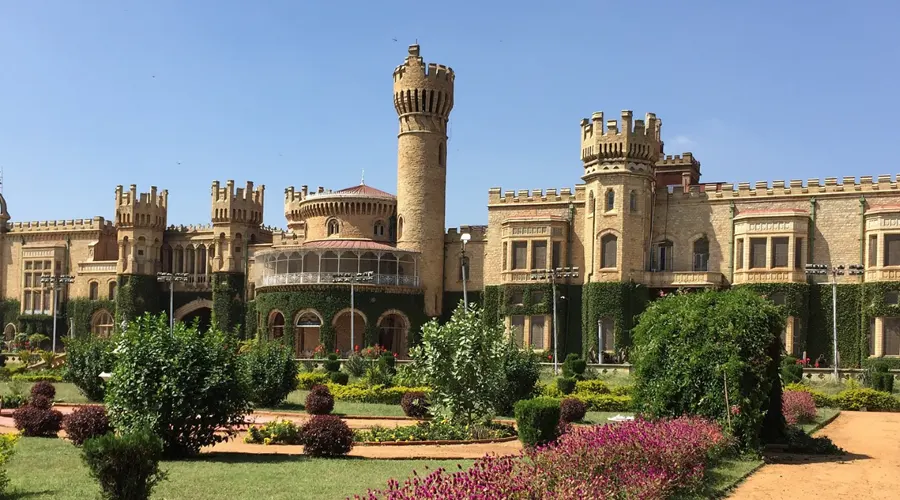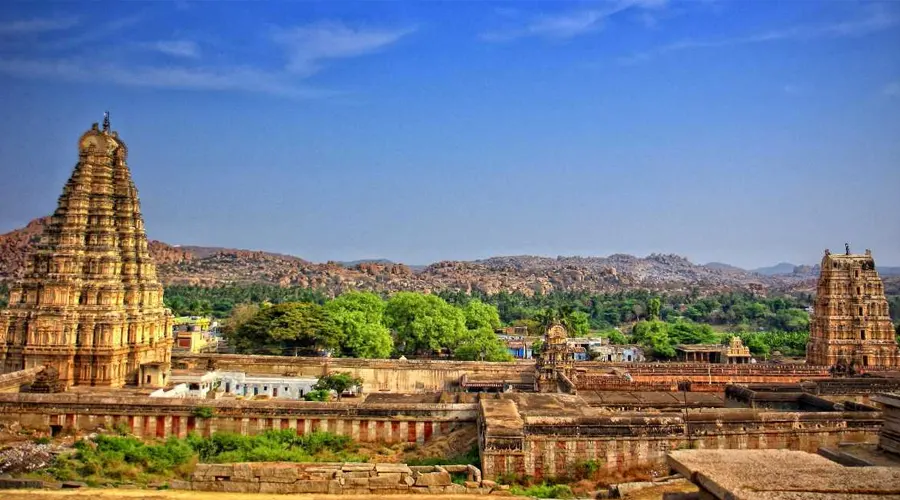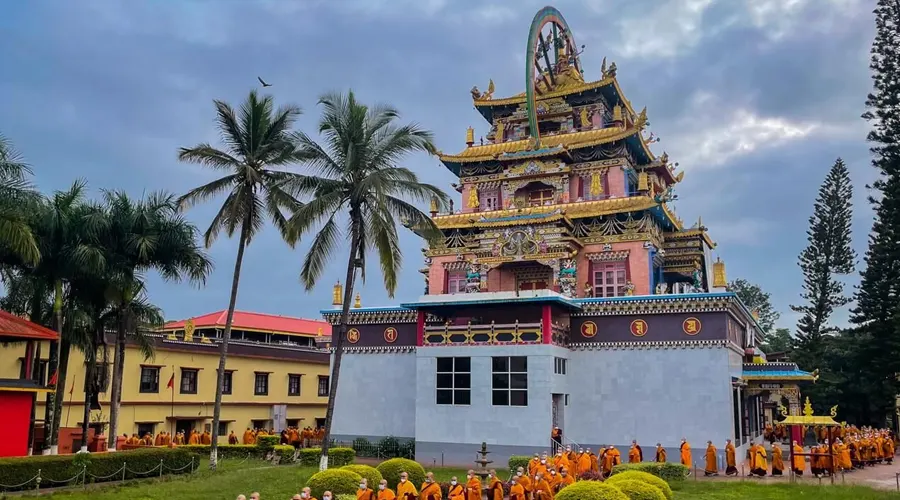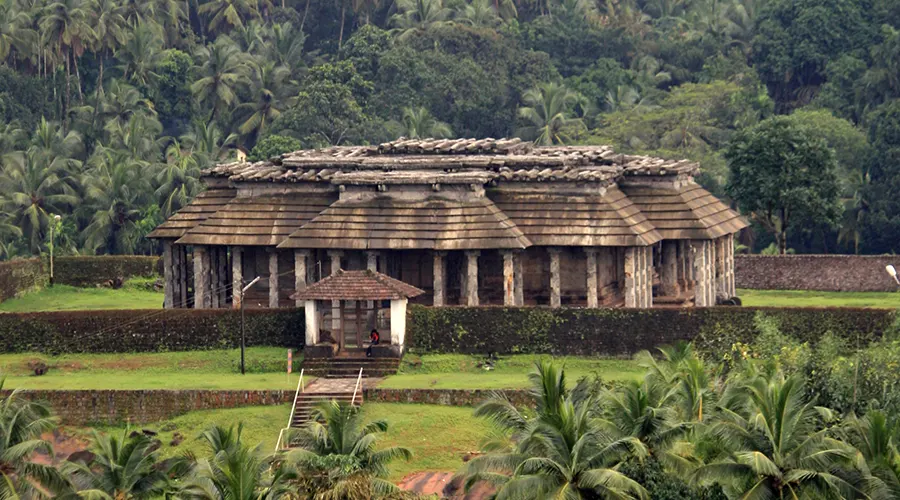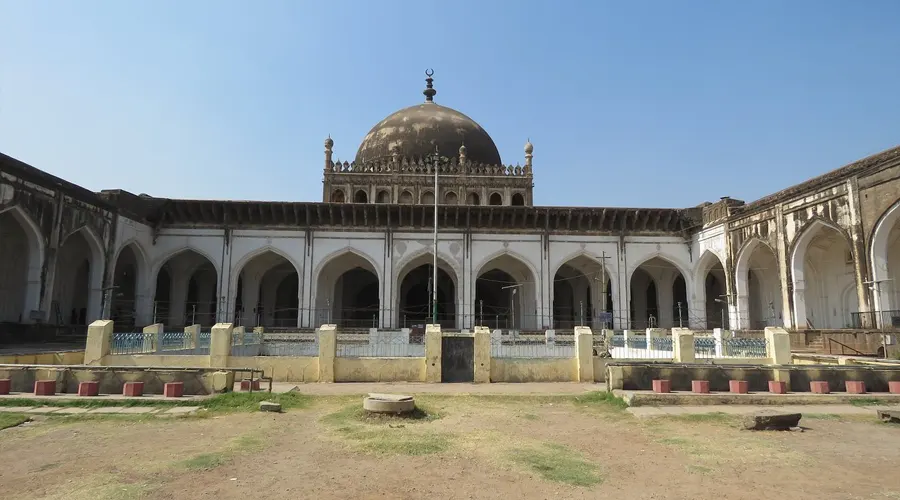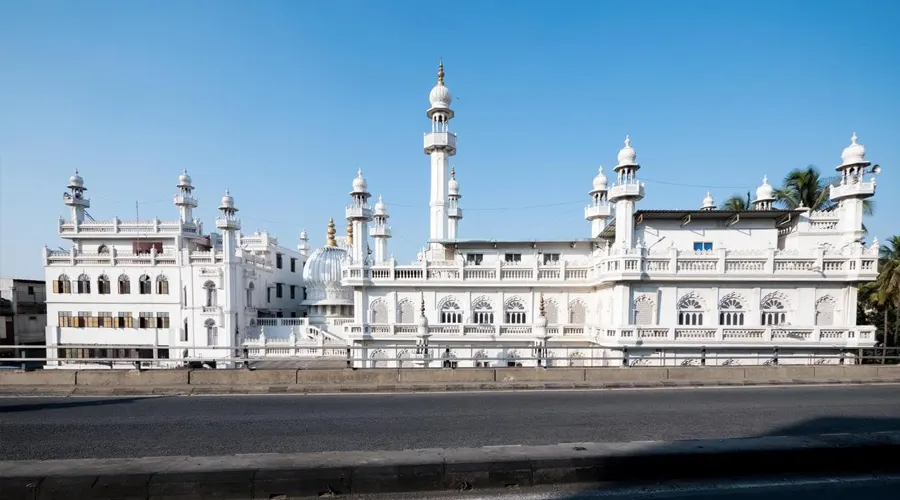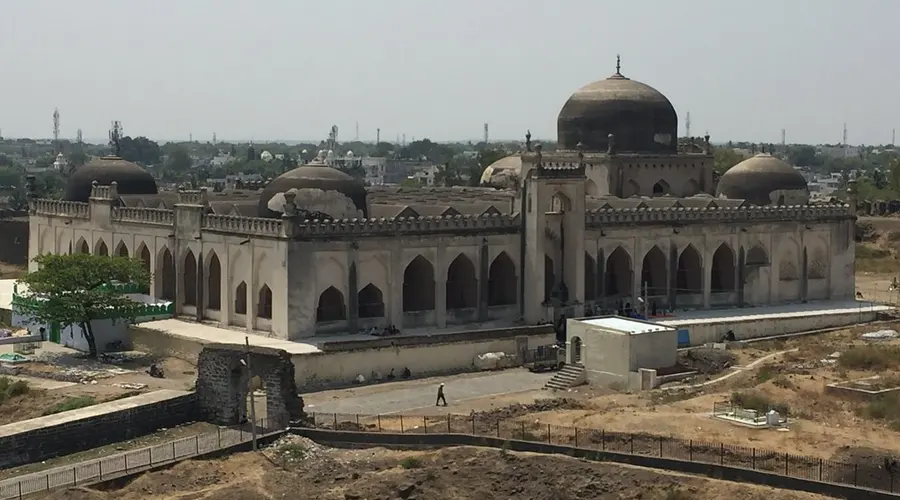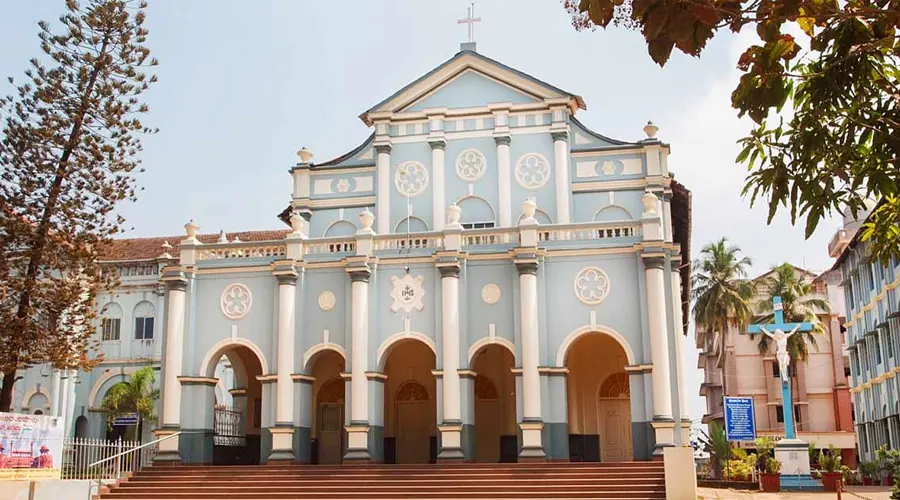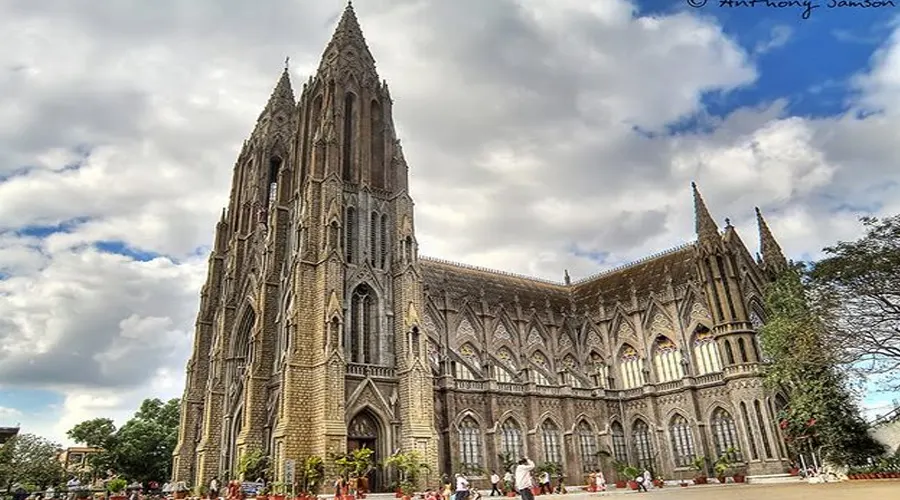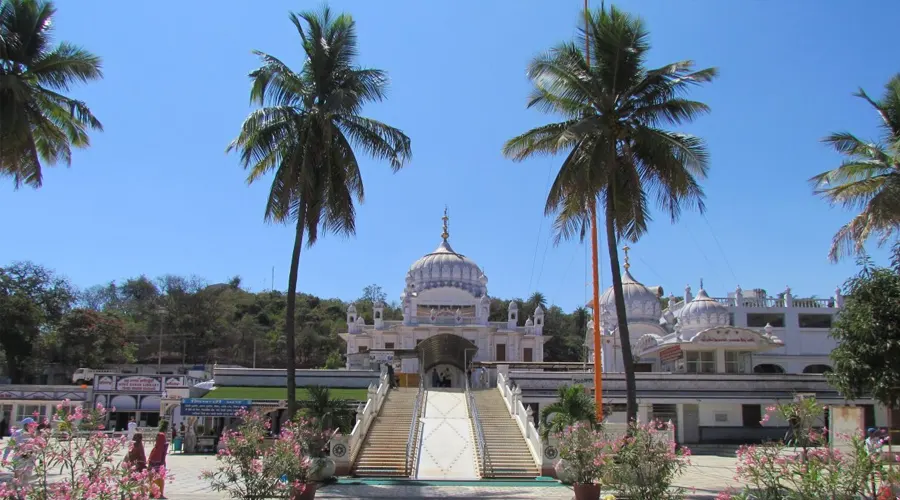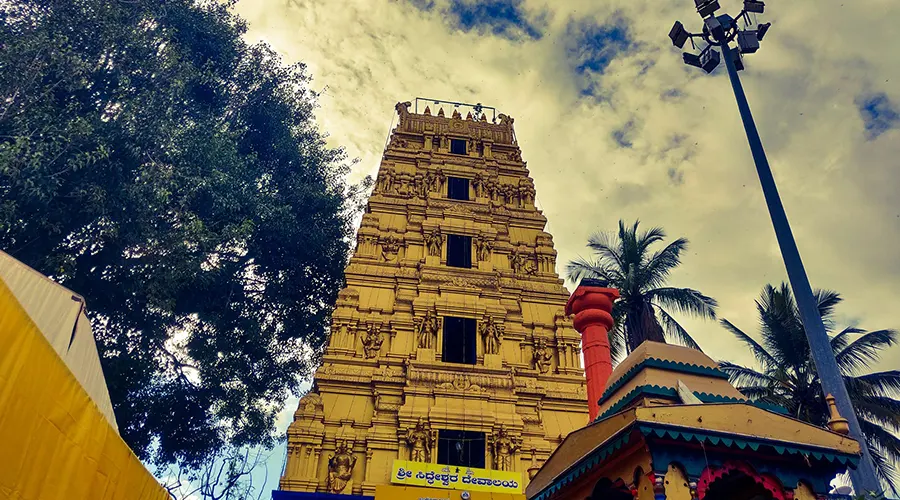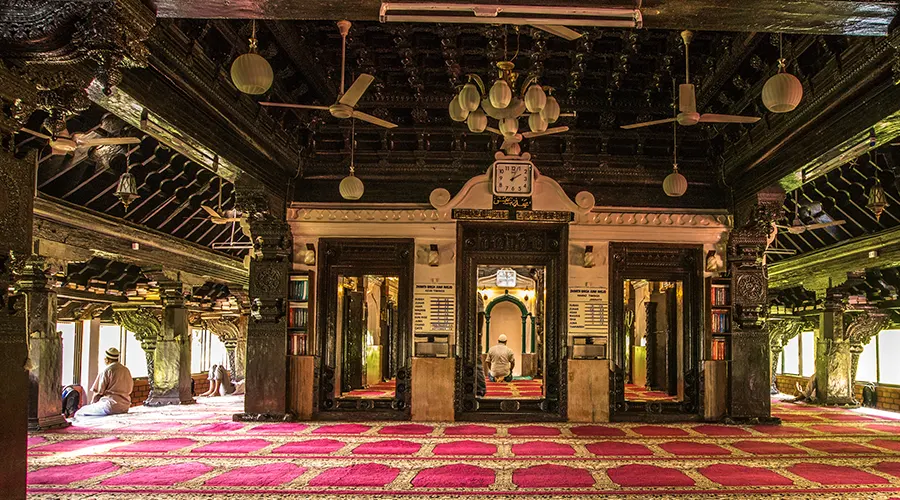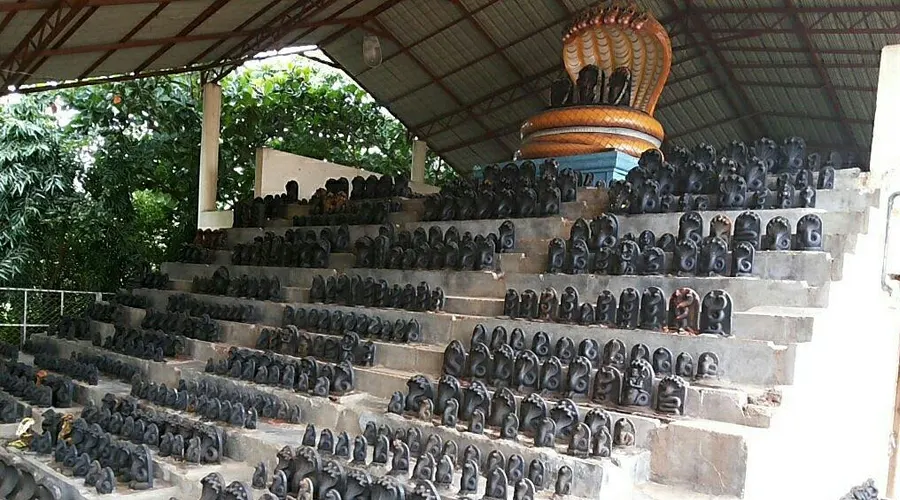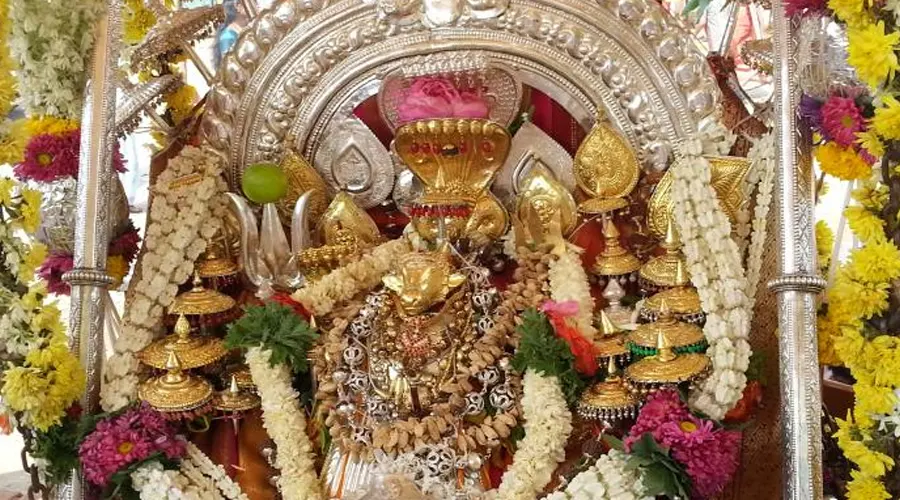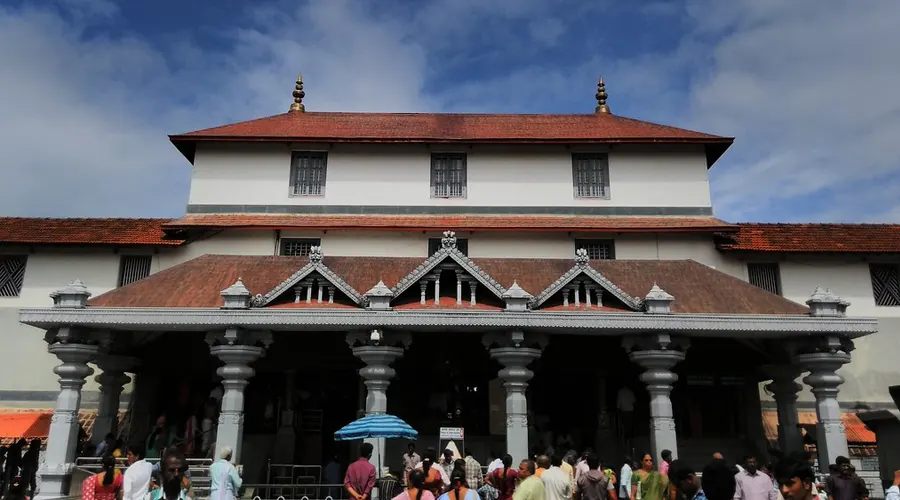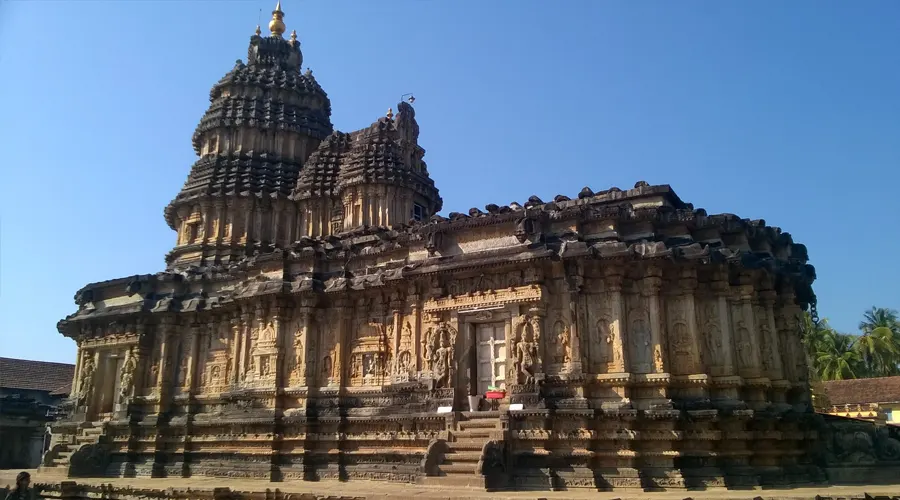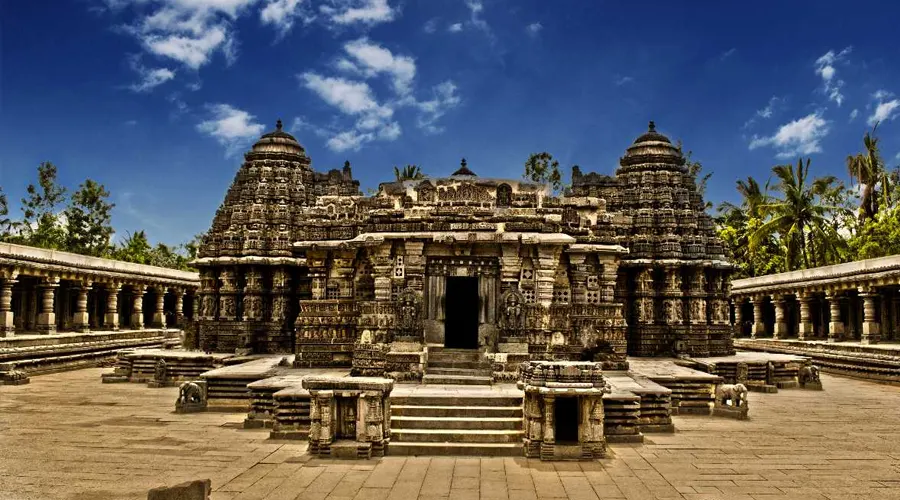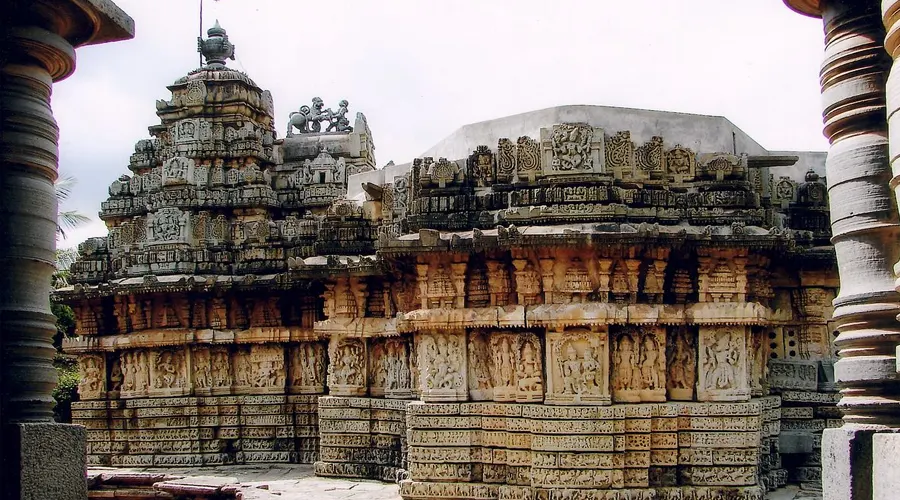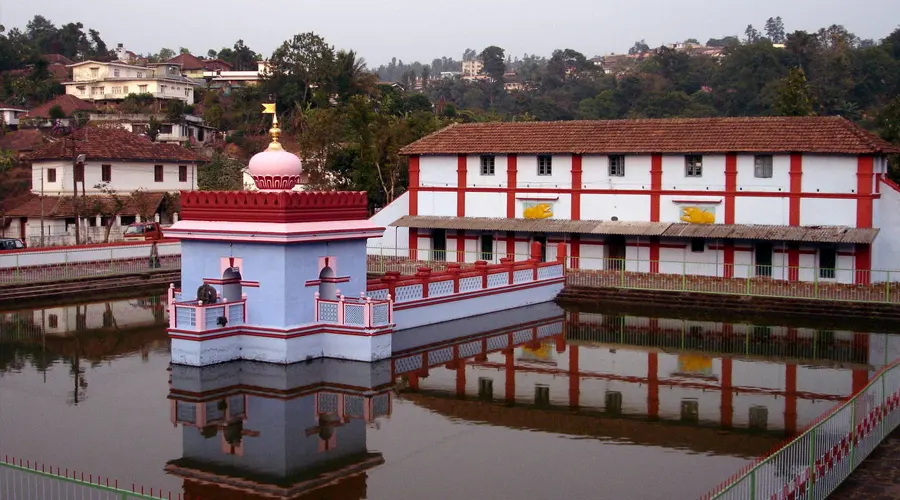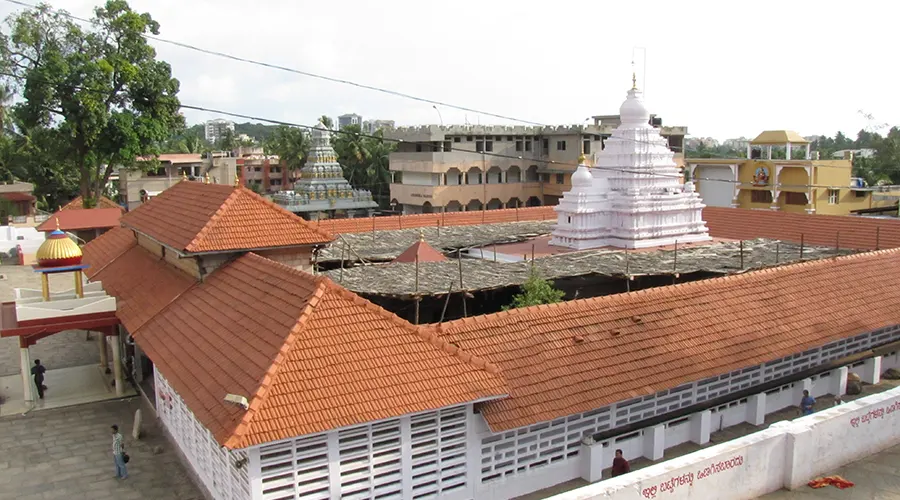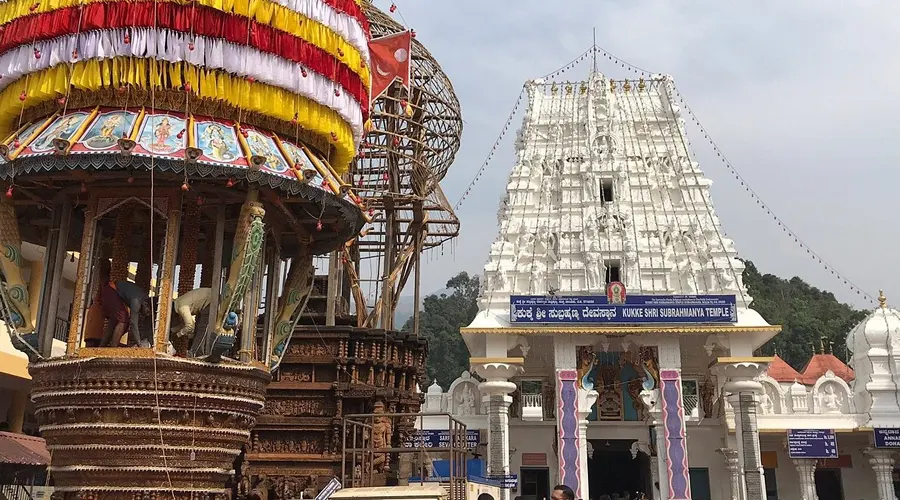Bangalore Palace
In the heart of India’s and not just Karnataka’s most modern cities’, lies a legacy of the recent days of history, the Bangalore Palace. The Wodeyar rulers built the beautiful palace in 1944. Inspired by the castles of Normandy and England, the Bangalore Palace is known for its magnificent woodcarvings and Tudor-style architecture.
One of the most visited tourist attractions in Karnataka, the royal palace has lost much of its original work, it is to date an impressive structure. The defining highlights are – the fortified towers, parapets, Roman arches, ornate cornices, patterned walls, extravagant chandeliers, hunting trophies, art-deco designs, and more. Don’t miss to check out the renowned paintings of Raja Ravi Verma, the impressive collection of photographs of the royal family as well as the evolution of Bangalore city.
History of Bangalore Palace
Originally a property of Reverend J Garrett, the principal of a school in the cantonment town at that time, the area where the Palace is now located was purchased from him by the British Guardians of Maharaja Chamarajendra Wadiyar for 40,000 rupees.
The construction of the palace began in the year 1874. Mr. John Cameron of Lalbagh was assigned the task of landscaping the Palace along with its surroundings. The complete construction of the palace was completed in the year, 1878. The Palace saw many additions and modifications in its architecture in subsequent years. Maharaja Jayachamaraja Wadiyar added a few portions like the twin external staircase, the platform for musicians, etc. outside the Durbar Hall.
In 1970, HH Jayachamarajendra Wodeyar transferred ownership of the property to two companies, Chamundi Hotels, and Shree Venkateshwara Real Estate Enterprises. However, this transaction was later shown to be fraudulent.
A legal battle followed between this deal and Jayachamarajendra's son, Srikanta Datta. The five sisters of Srikanta Datta are now in possession of sections of the 28 acres of the Palace.
In the year 1990 Srikant Datta finally compromised with the Chamaraju group and got back his part of the property including the main Palace except for 45 acres that the Chamaraju group still retains.
Architecture of Bangalore Palace
The Palace showcases exquisite wooden interiors surrounded by pristine walls. The Palace is enclosed within beautiful gardens. The architecture is a medley of Tudor style and Scottish style and has gothic undertones. A lot of physical artifacts inside are of British origin.
It is said that the architecture of this building is inspired by that of Windsor Castle and other architectural marvels of England and Normandy. The most prominent features of the Palace like the two-level granite structure of the fortified towers and turreted parapets take direct inspiration from the Tudor building styles. The entrance is decorated with grand Roman arches.
The exterior of the building is covered in eccentric shapes and angles. The exterior walls are of a blushing cinnabar shade that gives the building a quaint Victorian vibe. The floor of the open courtyard of the Palace is adorned with granite seats covered with azure ceramic tiles. The ground floor also contains a beautifully decorated ballroom.
The first floor of the Palace has a distinct chamber known as the Durbar Hall attached to an ornate staircase. This hall is famous for the enormous elephant head that is mounted in it and its gothic-style tinted glass windows.

